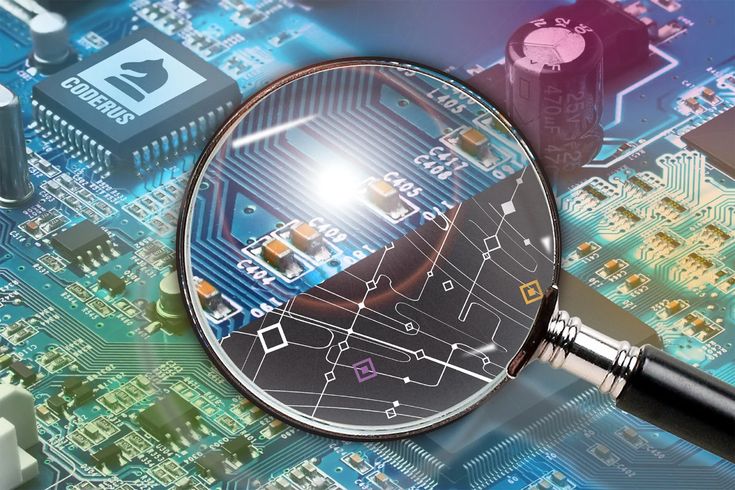Embedded systems are at the heart of modern technology—powering everything from smartphones and smartwatches to medical devices, industrial machines, and automobiles. If you’re curious about where to start with embedded systems, you’re not alone. This field blends hardware and software skills, and while it may seem complex at first, getting started is easier than you think with the right approach.
Here’s a practical guide to help you take your first steps into the world of embedded systems.
1. Understand What an Embedded System Is
Before diving into development, it’s essential to understand what you’re working with.
An embedded system is a dedicated computing system designed to perform a specific function within a larger system. It includes:
-
A microcontroller or microprocessor (the brain)
-
Software/firmware (written in C/C++)
-
Hardware components like sensors, displays, motors, etc.
Think of a digital thermometer or a microwave oven—these are classic examples of embedded systems.
2. Learn Basic Electronics
You don’t need to be an electrical engineer, but having a good grasp of basic electronics is crucial:
-
Understand voltage, current, resistance, and power.
-
Learn to use a multimeter and breadboard.
-
Get familiar with components like resistors, LEDs, capacitors, transistors, and sensors.
You can learn these through YouTube tutorials or beginner electronics kits like Arduino Starter Kits.
3. Choose a Microcontroller Platform
Start with beginner-friendly platforms like:
-
Arduino: Great for beginners; has a simple IDE and tons of tutorials.
-
Raspberry Pi: Ideal if you’re more interested in embedded Linux systems.
-
ESP32/ESP8266: Popular for IoT projects with built-in Wi-Fi.
Pick one based on your goals (IoT, robotics, automation, etc.).
4. Learn Programming (C/C++)
Most embedded systems are programmed in C or C++, as these languages offer low-level control over hardware.
Start with:
-
Basics of C (variables, loops, functions, etc.)
-
Interfacing code with hardware (digital input/output, serial communication)
-
Debugging skills
Arduino uses a simplified version of C/C++, making it a great starting point.
5. Practice with Simple Projects
Hands-on projects are the best way to learn. Some beginner ideas:
-
LED blink and traffic light systems
-
Temperature monitor using a sensor
-
Motion detector alarm
-
Remote-controlled robot
Each project helps you learn new concepts and build confidence.
6. Understand Real-Time Concepts
As you progress, learn about real-time operating systems (RTOS), interrupts, timers, and memory management. These are vital for professional embedded development.
Free RTOS is a good place to start exploring real-time systems.
7. Use Simulation and Debugging Tools
Start using tools like:
-
Proteus or Tinkercad for circuit simulation
-
Serial Monitor or Logic Analyzers for debugging
-
Oscilloscopes (basic understanding) for hardware troubleshooting
8. Explore Advanced Topics (Optional but Recommended)
Once you’re comfortable, explore:
-
Embedded Linux
-
IoT platforms (MQTT, Node-RED)
-
Communication protocols (UART, SPI, I2C, CAN)
-
ARM-based development (STM32, etc.)

